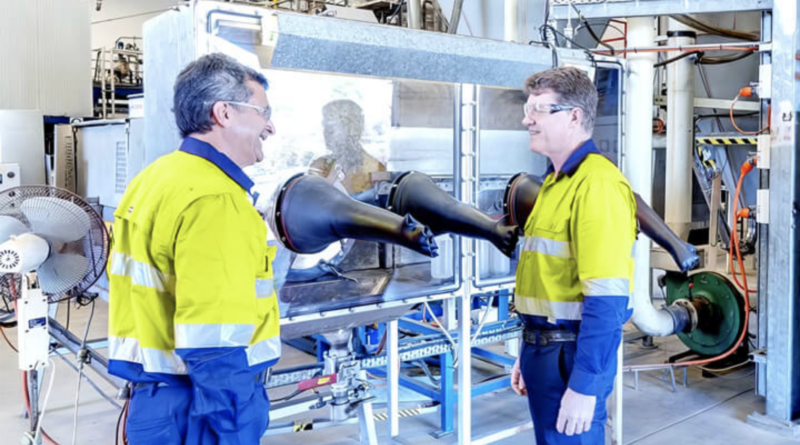Unlocking the Power of Energy Storage: Advancements in Lithium-Ion Batteries
The demand for sustainable energy solutions is growing rapidly, and energy storage systems are playing a crucial role in meeting this demand. Lithium-ion batteries, in particular, have emerged as a leading technology for energy storage, with significant advancements in recent years.
### The Rise of Lithium-Ion Batteries
Lithium-ion batteries have become the go-to choice for energy storage due to their high energy density, long cycle life, and low maintenance requirements. In 2020, the global lithium-ion battery market reached $34.6 billion in value, with a compound annual growth rate (CAGR) of 17.1% from 2015 to 2020.
### Improving Performance and Efficiency
Advancements in lithium-ion battery technology have focused on improving performance and efficiency. Researchers have successfully developed new cathode materials with higher capacity and lower cost, such as lithium-iron-phosphate (LFP) and lithium-nickel-manganese-cobalt (NMC) batteries. These advancements have led to:
#### Increased Energy Density
Lithium-ion batteries with higher energy density can store more electricity in a smaller space, making them ideal for electric vehicles and renewable energy systems. In 2020, the average energy density of lithium-ion batteries reached 120 Wh/kg, a 20% increase from 2015.
#### Reduced Self-Discharge
New technologies have also minimized self-discharge, allowing lithium-ion batteries to retain their charge for longer periods. This feature is critical for applications where batteries are not frequently used, such as backup power systems.
### Challenges and Opportunities
Despite the progress made in lithium-ion battery technology, there are still challenges to overcome, including:
#### Scalability and Cost
Scaling up production to meet global demand while reducing costs is crucial for widespread adoption. Economies of scale can be achieved through mass production, but manufacturers must balance this with the need for high-quality, reliable products.
#### Recycling and Sustainability
The environmental impact of lithium-ion battery production and disposal is a growing concern. Closed-loop recycling and responsible sourcing of materials can help minimize waste and reduce the carbon footprint of the industry.
### Conclusion
The advancements in lithium-ion battery technology have been remarkable, with significant improvements in performance, efficiency, and cost. As the world transitions to a more sustainable energy landscape, it is crucial to address the challenges and opportunities that arise. By doing so, we can unlock the full potential of energy storage and create a more sustainable future.




.png?w=150&resize=150,150&ssl=1)


